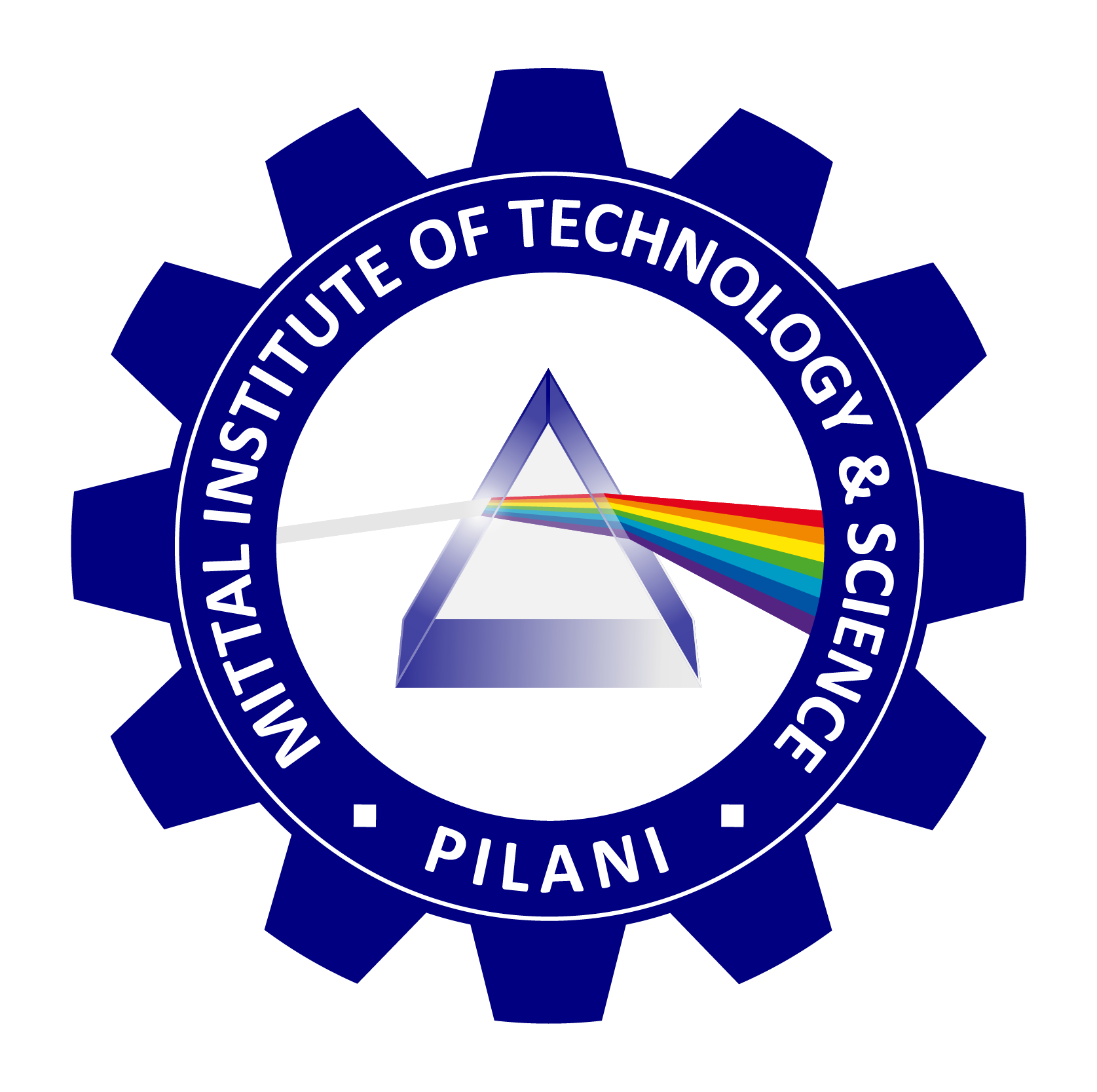
MITTAL INSTITUTE OF TECHNOLOGY & SCIENCE, PILANI
Applications of Hyperspectral Imaging
Hyperspectral imaging (HSI) is a technique that combines the power of imaging and spectroscopy to capture and analyze a wide range of electromagnetic wavelengths, far beyond the capabilities of conventional imaging. Instead of recording images in just three color bands (red, green, and blue), as in traditional photography, hyperspectral imaging acquires hundreds of contiguous spectral bands across the electromagnetic spectrum, including visible, near-infrared, and infrared regions. This allows for highly detailed analysis of the materials in an image based on their spectral signature. Hyperspectral imaging has found numerous applications across various industries, thanks to its ability to provide precise and detailed information. Below are the key applications of hyperspectral imaging:
- Agriculture and Food Industry
Hyperspectral imaging has become an essential tool in precision agriculture, where farmers aim to maximize crop yields and minimize resource use. It can assess plant health by detecting stress caused by pests, diseases, or nutrient deficiencies, often before they are visible to the naked eye. This enables early intervention, improving crop health and reducing waste.
In the food industry, HSI is used for quality control, detecting contaminants, and ensuring the safety and quality of food products. For example, it can be used to inspect fruits, vegetables, meat, and processed foods for defects, foreign objects, or improper ripening. By analyzing the spectral signatures of food, hyperspectral imaging can also be used to detect moisture levels, fat content, and other nutritional properties, ensuring consistent product quality.
- Environmental Monitoring and Earth Observation
Hyperspectral imaging is widely used in remote sensing and environmental monitoring to study the Earth’s surface. It plays a critical role in mapping land use, monitoring deforestation, and tracking the health of ecosystems. By analyzing the spectral signatures of various land cover types, such as forests, grasslands, water bodies, and urban areas, hyperspectral imaging can provide detailed information about changes in the environment over time.
It is also used to monitor water quality by detecting changes in the chemical composition of water bodies. HSI helps in identifying pollutants, algae growth, and sediment levels, which are vital for ensuring the safety and sustainability of water resources.
- Medical Diagnostics and Healthcare
In the medical field, hyperspectral imaging has shown great promise for non-invasive diagnostics. It can differentiate between healthy and diseased tissues by analyzing their spectral differences. This technology is particularly useful in dermatology, where it can detect early signs of skin cancer, inflammation, or infection without the need for a biopsy.
Hyperspectral imaging is also being explored for applications in ophthalmology, where it can help detect retinal diseases, and in surgical guidance, where it can assist surgeons in distinguishing between healthy and diseased tissue during operations.
- Mineral Exploration and Geology
HSI is invaluable in the mining and geology industries for identifying and mapping minerals. By analyzing the spectral characteristics of the Earth’s surface, hyperspectral imaging can detect the presence of specific minerals, aiding in the exploration of natural resources. This technology is used to locate deposits of precious metals, rare earth elements, and other valuable minerals that might otherwise be difficult to find using traditional methods.
In addition to exploration, hyperspectral imaging is used in mine monitoring to assess the environmental impact of mining activities, including changes in soil composition, water contamination, and vegetation health.
- Defense and Surveillance
In defense and security applications, hyperspectral imaging is used for target detection, camouflage detection, and threat identification. By analyzing the spectral properties of objects and materials, HSI can distinguish between different types of objects, even when they are visually similar or hidden. This capability is especially useful in military surveillance, where hyperspectral imaging can identify enemy equipment or personnel in complex environments such as forests or urban areas.
HSI is also used in homeland security to detect hazardous materials, such as explosives or chemical agents, and in border control to monitor illegal activities like drug trafficking or smuggling.
- Astronomy and Space Exploration
In space exploration, hyperspectral imaging is used to study planets, moons, and other celestial bodies. The ability to capture a wide range of wavelengths allows scientists to analyze the composition of planetary surfaces and atmospheres, helping to identify minerals, water ice, and organic compounds.
NASA and other space agencies use HSI to explore the surfaces of planets like Mars and the Moon. This data is critical in determining potential landing sites for future missions and identifying areas of scientific interest, such as regions that may contain water or life-supporting compounds.
- Art and Cultural Heritage Conservation
Hyperspectral imaging plays a key role in the preservation and analysis of art and historical artifacts. It allows conservators to examine paintings, manuscripts, and sculptures without damaging them. HSI can reveal underlying layers of paint, sketches, and previous restorations, providing insights into an artist’s techniques and the work’s history.
In addition to its use in art conservation, hyperspectral imaging is employed to detect forgeries, assess the condition of historical buildings, and monitor the degradation of materials over time. This non-invasive technique helps ensure that cultural heritage is preserved for future generations.
- Pharmaceutical and Chemical Industries
In the pharmaceutical industry, hyperspectral imaging is used for drug quality control and process monitoring. It can analyze the chemical composition of pharmaceutical compounds, ensuring that the correct formulations are used during manufacturing. HSI can also detect impurities and variations in drug batches, helping to maintain consistency and safety.
In chemical processing, hyperspectral imaging is used to monitor chemical reactions, detect contaminants, and analyze material composition in real time. This helps optimize processes and improve efficiency in industries such as petrochemicals, plastics, and specialty chemicals.
Hyperspectral imaging is a powerful tool with a wide range of applications across multiple industries, from agriculture and environmental monitoring to healthcare, defense, and space exploration. Its ability to capture detailed spectral information enables more precise analysis and decision-making, leading to improvements in efficiency, safety, and sustainability. As technology continues to advance, hyperspectral imaging will likely become even more integral in addressing the complex challenges faced by modern society.

Professor Rakesh Mittal
Computer Science
Director
Mittal Institute of Technology & Science, Pilani, India and Clearwater, Florida, USA
